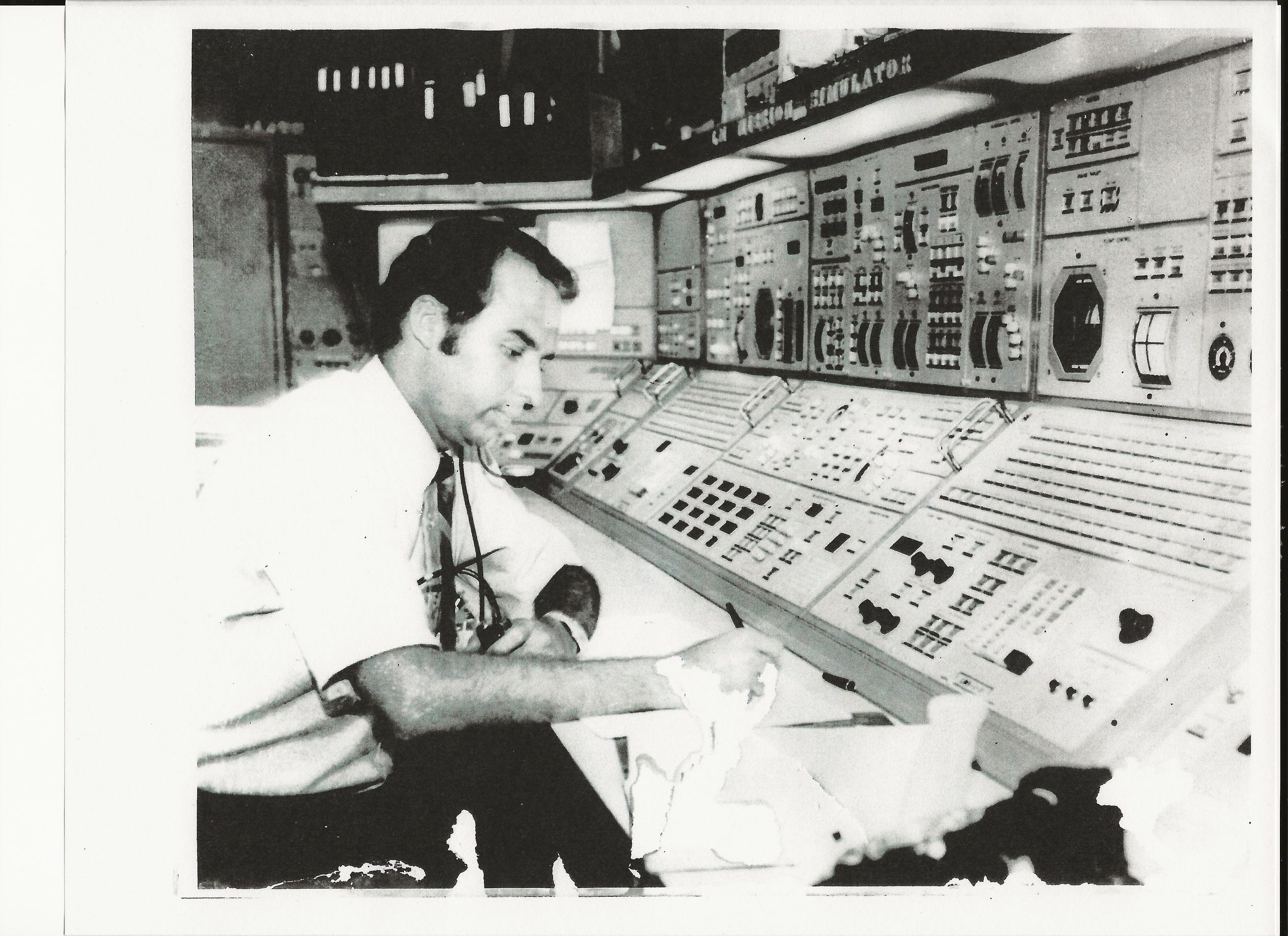Image courtesy of Nuestro Stories.
Growing up in Cuba under the initial introduction of Castro’s Communism, Miguel Hernandez became fascinated with astronomy and space from an early age while he would flip through pages of Aviation Week, one of the few, random magazines he still had access to.
Miguel would imagine himself taking part in space travel as he rocketed through the sky in search of new worlds. The obsession continued as Miguel got older, culminating in 1962, when a replica of the first satellite to historically orbit the earth, Sputnik, arrived in Havana. 17-year-old Miguel raced to the harbor, where he stood marveling for hours at the chrome behemoth as it stood on display.
His love of deep space was temporarily derailed as his distaste for the government began to take over.
A personal journey to the stars
It wasn’t long after Sputnik’s arrival that Miguel Hernandez began turning against Castro and his government. When Miguel was 19, Castro had begun his wave of seizing homes for ‘government purposes’ and nationalizing companies. With him and his friends acting as fairly outspoken activists, Miguel began seeing his friends slowly but surely end up in prison for their political beliefs.
Before the government could get him, he fled Cuba with 100 dollars in his pocket, no idea how to speak English, and no clue what to do next. Miguel Hernández made his way to the United States, arriving in Miami before going to New York to live with relatives.
As his time in the states progressed, his knowledge of English blossomed, and he began diving down rabbit holes of information he found in American books, reading anything he could get his hands on about space.

On top of that, the space race was well underway between America and Russia, and Miguel paid attention to the progress of the way sports fans pay attention to the finals. By 1963 when Kennedy declared the U.S. would be the first country to put a person on the moon, Miguel knew he was right where he was supposed to be.
After learning English well enough to feel comfortable, Miguel Hernandez enrolled at the University of Florida, where he studied and eventually graduated with a mechanical engineering degree.
Not long before his graduation ceremony, NASA recruiters had found their way to his campus, and Miguel was first in line to apply to work for the program. Once accepted, he was assigned to the newly opened John F. Kennedy Space Center in Cape Canaveral, FL. His specialty was propulsion and rockets, and he was assigned to a team of engineers whose mission was to learn everything about the systems required to send a man to the moon.
Miguel Hernández was on site when a tragic accident occurred; the Apollo 1 module caught fire during a test launch rehearsal and killed all three astronauts inside. Though the impact greatly affected the team, it almost ignited a deeper fervor to achieve a moon landing within all of them.
He worked 24-hour shifts and was integral to the successful landing of the Apollo 11 crew.
On top of that, Miguel Hernández won a medal of freedom a few years later, after his quick thinking played a role in the rescue of the Apollo 13 crew, who famously became stranded in the middle of space after an oxygen tank exploded during their mission. Overall Miguel was involved in Apollo 1, 7, 9, 11, 13, 15, and 17.
He was the only Latino at NASA, at least according to his testimony, at that time.





